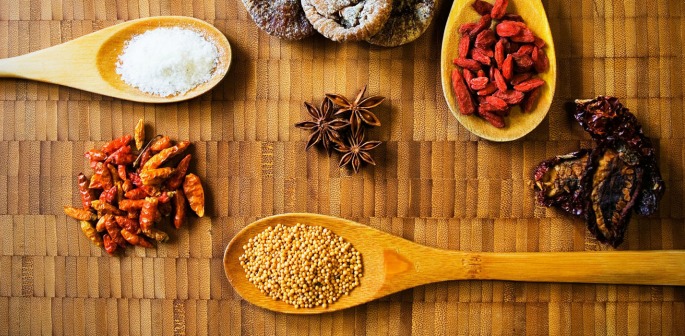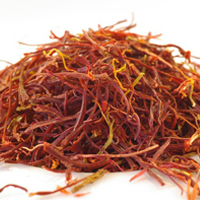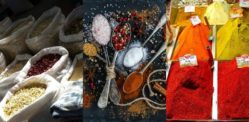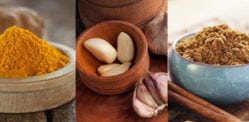The spices of India have shaped our world and dictated world order!
They may be little. They may be unassuming. They may not look like they can do much, but Indian spices have dictated the world order.
All through ancient, medieval and modern times, Indian spices have been the object of extensive trade between continents.
In fact, they were probably one of the first desi things to have voyaged around the world.
They have been through a lot, evidently more than your average seasoning.
They have been used in cooking, yes, but also in warfare, medicine and everything else that you can think of! A good mixture of chilli powder and pepper, and voilà – someone has won a fight!
As a tribute to these magnificent little things, we have come up with a list of intoxicating spices. Find out what they are commonly used in and some quirky facts!
Saffron a.k.a Kesar
Also known as Kesar or Zaffran in Hindi and Urdu, Saffron is the most expensive spice in the world!
Kashmir is the third largest producer of Saffron, churning out more than 2 tons every year.
It is the key to an authentic Biryani. Without it, all you have is a phony imitation of a great dish.
It is also used to make perfume and fabric dye. Think orange Buddhist cloaks.
Cardamom a.k.a Elachi
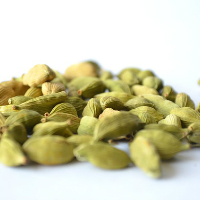
Black is the larger variety and carries a slightly stronger flavour, the green variety is more rare and costly.
Cardamom is used in almost all Indian deserts, but what you should try is Cardamom infused tea. We bet you didn’t know it can also be smoked!
Cinnamon a.k.a Dal Chini
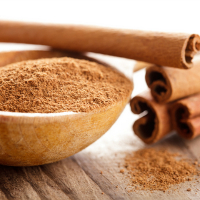
The supermarket variety is Cassia, which is produced in China. Cinnamon is a classy combo with chocolate as well.
What’s funny about cinnamon is that although it is highly medicinal, too much of it can cause renal and liver damage. Easy on the sprinkle!
Cumin a.k.a Zeera
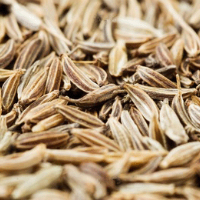
Cumin, aka Zeera, is a versatile spice and moulds its way into almost all kinds of cuisine. Try it on Italian food, maybe cumin-flavoured risotto?
Not intended to creep you out, but cumin was also used in mummification.
Tumeric a.k.a Haldi
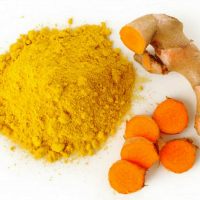
Its bright yellow colour brings vibrancy and flavour into the much loved curry.
For a change, try steaming fish in turmeric leaves, you will be pleasantly surprised.
Don’t be surprised when you see it being used as a face pack in India and Sri Lanka.
Coriander a.k.a Dhania
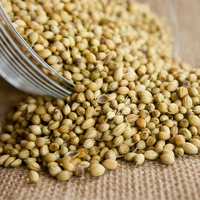
Complete your curries with its leaves and boost any Indian dish with coriander or dhania powder.
A coriander-mint-green chilli chutney is a perfect condiment for any starter, desi or otherwise.
If you’re breast-feeding, it can increase milk flow!
Carom Seeds a.k.a Ajwain
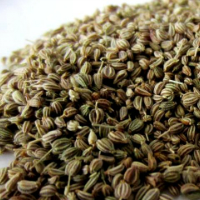
One delightful use of ajwain is Ajwain Puris. Its pungent aroma and bitter sweet taste flavours the crunchy puris perfectly.
Ajwain has also been used in Ayurveda to treat alcoholism.
Black Salt a.k.a Kala Namak
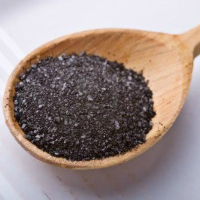
It is salty and has a distinct pungency about it. It is commonly used in chaat, chutneys and salad.
Adding some black salt into ordinary lemonade makes it quite tangy.
Those who are not used to it may describe its odour as similar to that of rotten eggs.
Asafoetida a.k.a Hing
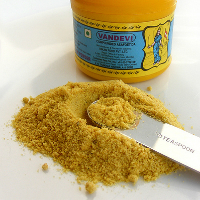
It may not smell appetising, but it helps blend in sweet, sour, salty and spicy flavours together.
Any daal without hing is only half as good, so add in a pinch every time you make it.
Apparently, it is also a contraceptive!
Black Pepper a.k.a Kali Mirch
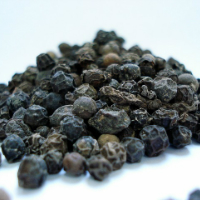
One iconic pepper dish has to be Pepper Chicken. A handful of black pepper makes this dish truly mouthwatering. Be sure to try them next time you visit the coasts of Kerala!
Black pepper is also a handy household item, as it keeps brightly coloured clothes from fading.
Chilli a.k.a Mirchi
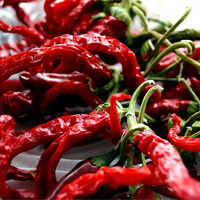
Try the Andhra Chilli Chicken or the green chilli chicken if you are feeling brave. You can also find a good amount of Andhra Chilli in Chicken 65 and other South Indian non-vegetarian dishes.
And believe it or not, Ghost Chilli grenades are actually a thing!
There you have it – some of most popular and delicious spices from the Indian subcontinent.
They may no longer be the object of trade, but they are still very important to cooking and our sensory pleasure. Just ask any foodie!
Spices truly work magic with any dish from pasta to curries. Why not try a few and add a little zing to your life?



















































